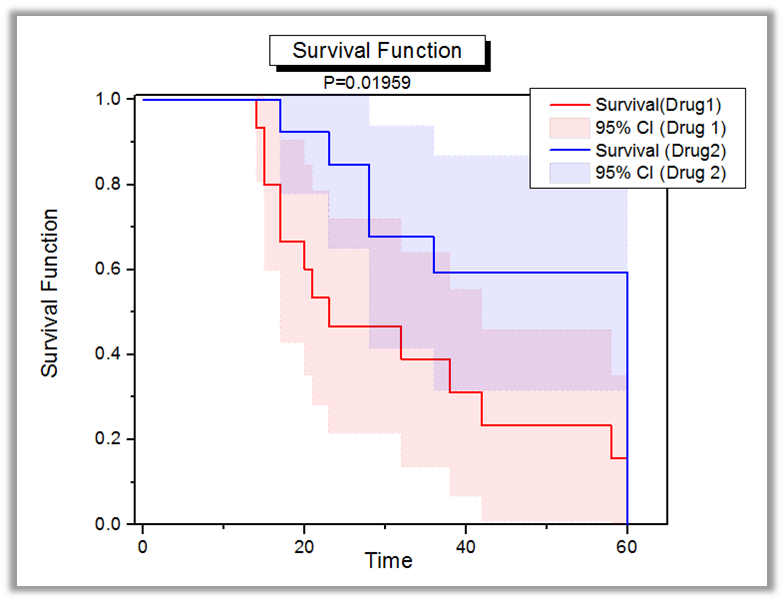

- #FREE ORIGIN GRAPHING CLONE HOW TO#
- #FREE ORIGIN GRAPHING CLONE UPDATE#
- #FREE ORIGIN GRAPHING CLONE MANUAL#
Changesets from master branch (such as bug fixes) may be cherry-picked to the hotfix branch.
#FREE ORIGIN GRAPHING CLONE UPDATE#
#FREE ORIGIN GRAPHING CLONE HOW TO#
The guidelines listed below also largely pertain to the user who is using (and cloning) bake from the repository.Įxperienced git users will not necessarily need instruction on how to set up personal repositories (below). See other project documentation such as the ns-3 tutorial for descriptions on bundled releases distributed as source archives, or on the bake build tool for managing multiple repositories.
#FREE ORIGIN GRAPHING CLONE MANUAL#
This manual chapter does not cover this use case it only focuses on the single ns-3-dev repository.

ns-3 users often combine ns-3-dev with other repositories (pybindgen, netanim, apps from the app store).

Since the first part is shared, in this manual section we will start with a personal repository and then explain what to do in some typical cases. This section of the manual provides common tips for both users and maintainers. We recommend that users who have been working from one of these mirrors repoint their remotes so that they pull origin or upstream from (see below explanation about how to configure remotes). For convenience and historical reasons, ns-3-dev mirrors are currently posted on and, and kept in sync with the official repository periodically via cron jobs. The ns-3 project is officially hosted on at. The most up-to-date guide is the Git Book, at. While git and mercurial have a lot of common properties, if you are new to git you should read first an introduction to it. Git is a VCS like Mercurial, Subversion or CVS, and it is used to maintain many open-source (and closed-source) projects. The ns-3 project used Mercurial in the past as its source code control system, but it has moved to Git in December 2018.


 0 kommentar(er)
0 kommentar(er)
